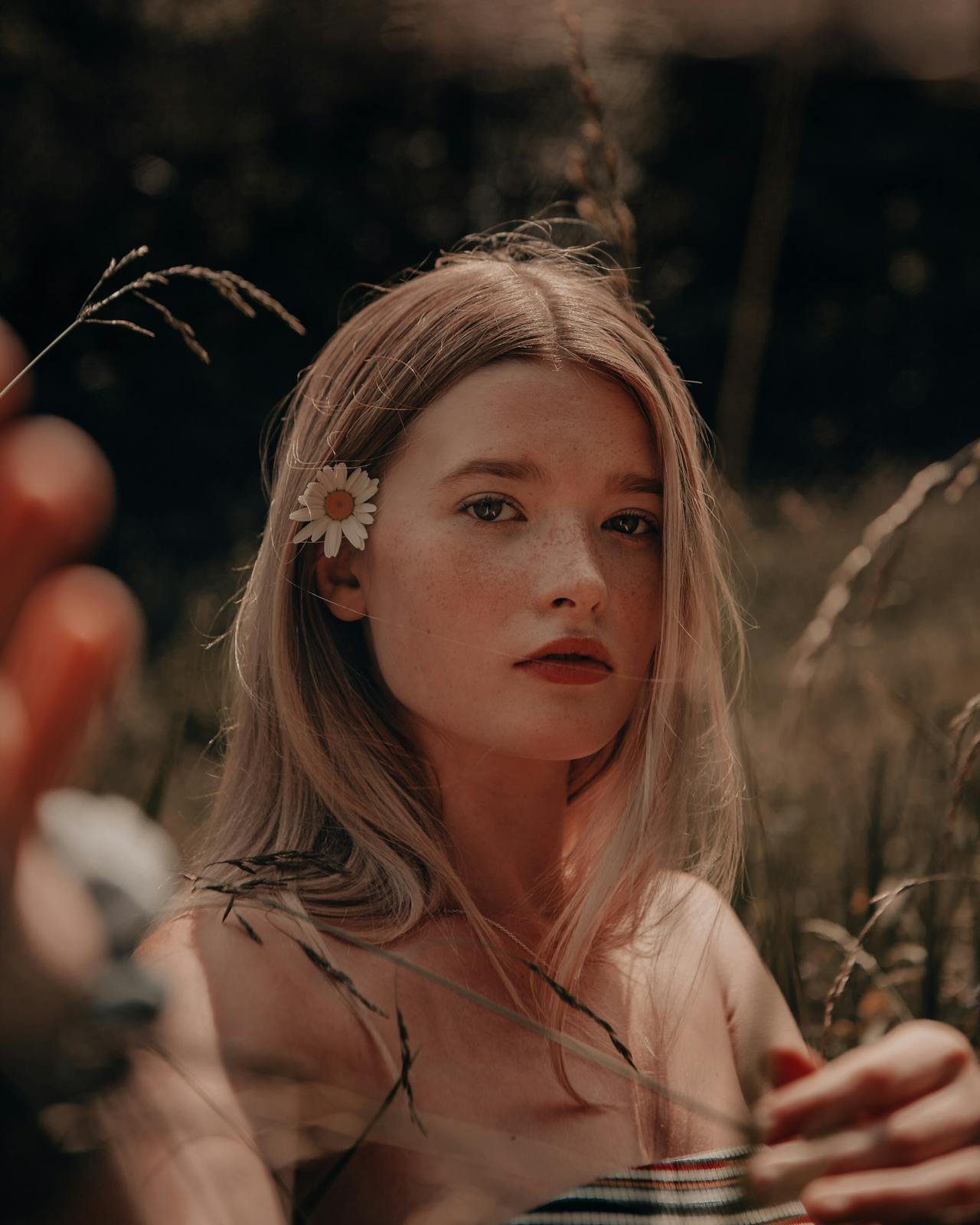Floristry, the art of creating floral arrangements, has a rich and vibrant cultural history that dates back centuries. Across different civilizations and time periods, flowers have held significant meaning and symbolism, influencing the development of floristry as both an art form and a cultural practice.
Ancient Civilizations
The origins of floristry can be traced back to ancient civilizations such as Egypt, Greece, and Rome. In ancient Egypt, flowers played a crucial role in religious ceremonies and were often used in burial rituals to honor the deceased. Egyptians would create elaborate floral wreaths and arrangements to adorn tombs and graves.
In ancient Greece, flowers were associated with various gods and goddesses, with each flower carrying symbolic meanings. Floral wreaths were commonly worn during festivals and ceremonies as a symbol of celebration and reverence.
Similarly, in ancient Rome, flowers were used for decorative purposes in homes and public spaces. Romans believed that flowers were gifts from the gods and used them in religious rituals and as offerings to deities.
Medieval Times
During the Middle Ages, floristry evolved as European monks cultivated gardens filled with medicinal herbs and flowers. Flowers became associated with healing properties and were used in medicinal practices. Floral arrangements also became popular symbols in heraldry, with different flowers representing noble houses and families.
Victorian Era
The Victorian era witnessed a flourishing of floristry as an art form. Queen Victoria’s love for flowers and gardens greatly influenced the Victorian obsession with floral arrangements. Flowers were used to convey messages and emotions, with each flower holding its own symbolism and meaning. The Victorian language of flowers, known as floriography, allowed individuals to communicate sentiments through the choice and arrangement of flowers.
Modern Era
In the modern era, floristry has become a popular form of artistic expression and a thriving industry. Floral design has evolved to encompass a wide range of styles, from traditional to contemporary, catering to diverse preferences and occasions. Floristry has also become an integral part of various cultural events, from weddings and funerals to corporate functions and celebrations.
The cultural history of floristry reflects the deep-rooted connection between humans and flowers throughout the ages. From ancient civilizations to modern times, flowers have played a significant role in cultural rituals, traditions, and expressions of beauty. Today, floristry continues to evolve, blending tradition with innovation to create stunning floral arrangements that captivate our senses and uplift our spirits.
Whether it’s a simple bouquet or an elaborate centerpiece, the art of floristry reminds us of the enduring beauty and symbolism of flowers in our lives.

